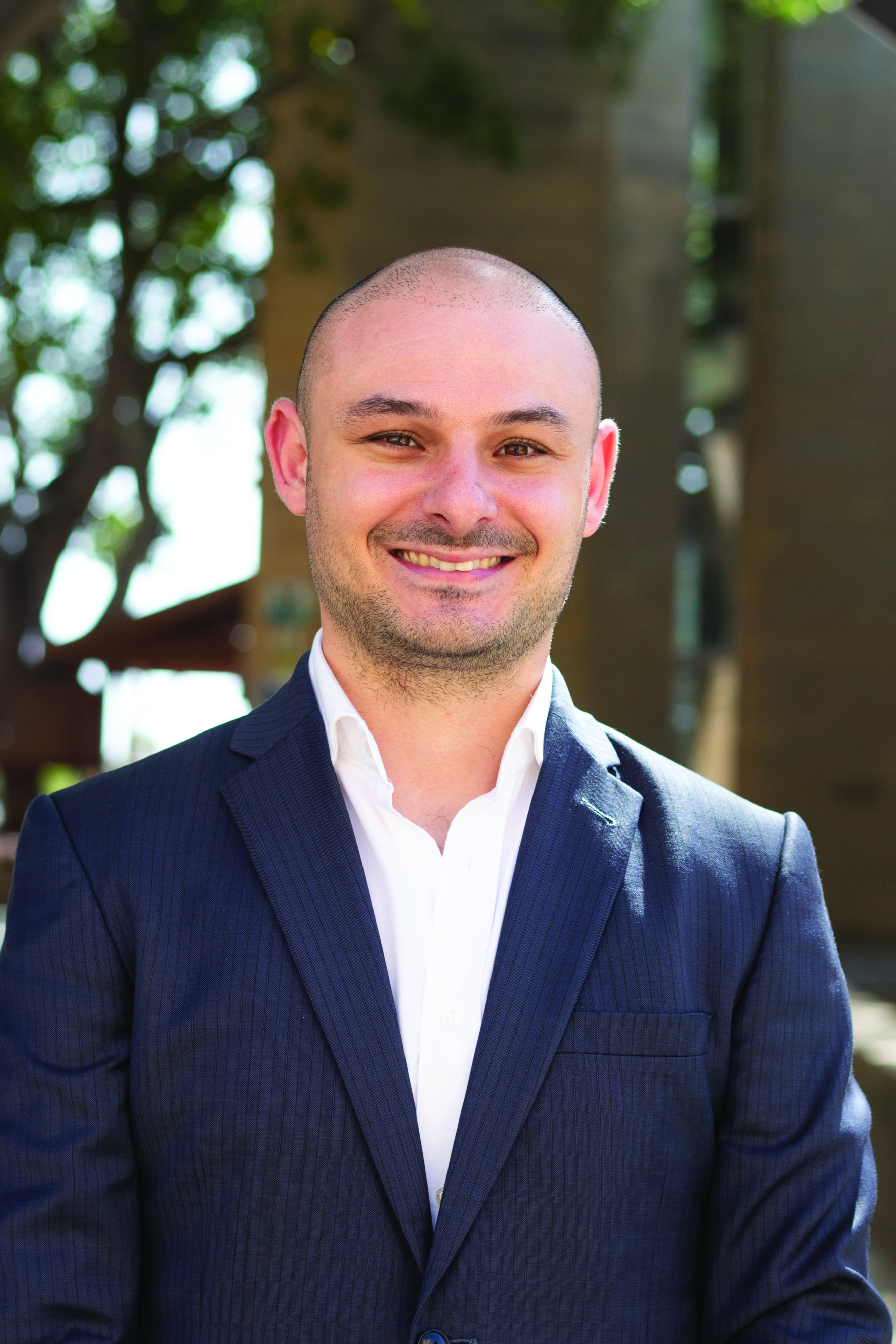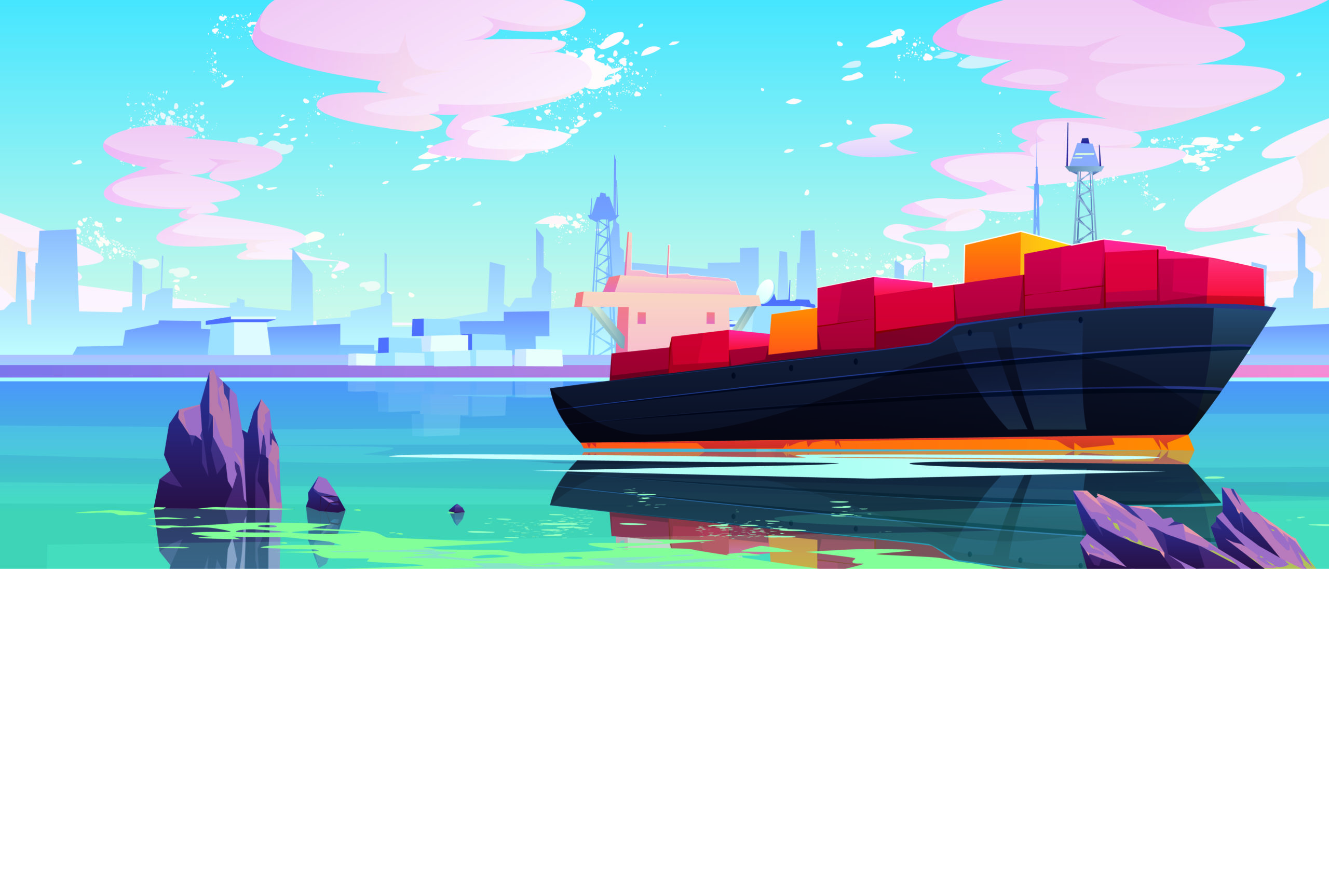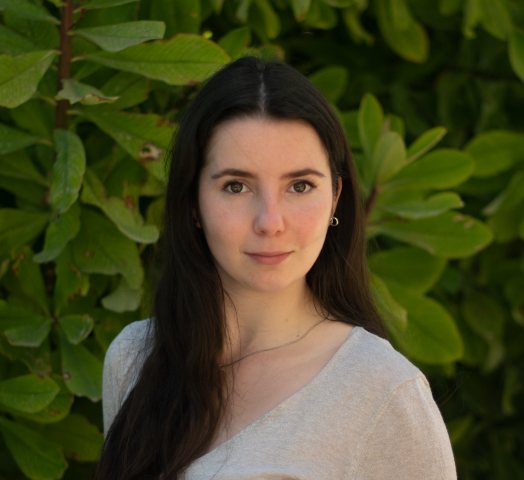The maritime industry is one of the largest producers of greenhouse gas emissions. While newly introduced legislation helps control this hazard, it has significantly increased the burden for Port State and environmental authorities. Antónia Ribeiro interviews Nicky Borg, the founder of local start-up Marine Hound, to discover how their original smart buoys can help solve the problem.
It is Monday morning. You sit at your desk, going through your tasks, working towards someone else’s dream. For some of us, this is ideal. Either because our dreams align with the boss’ or because our life goals are detached from our work life, we are happy to work towards someone else’s goals. But for Nicky Borg, the founder of Marine Hound, it wasn’t good enough. Dreaming of a project of his own, Nicky waited for the right moment to start his own adventure. When COVID-19 hit, he saw the perfect opportunity.

Photo by Sarah Zammit
For Nicky, his new project needed to involve three things: managing a team, working towards innovation, and business development. He found the perfect match when a previous client, Ismo Kauppinen (founder and CEO of Gasera Ltd), presented him with a challenge he couldn’t refuse: a project still in the womb that would need a holistic approach. It included everything Nicky was looking for, and it offered an extra topping: working on a project from its creation, building something from the ground up.
All the way in Finland, Gasera had been focusing on a novel technology: a set of sensors capable of measuring gas emissions with lab-grade accuracy and high sensitivity. Nicky’s job was to add a new dimension to the technology, adapting it to a new, profitable context. As Nicky figured out, this technology could become really handy in the maritime industry.
Answering Emerging Needs
In 2020 a new legislation from the International Maritime Organization (IMO) came into action. As Nicky explains, ‘IMO2020 MARPOL Annex VI obliges Port State Authorities to monitor, report, and enforce illegal shipping emissions’. When burned, shipping fuel produces nefarious gases; Carbon Dioxide (Co2), Sulphur Oxides (SOX) and Nitrogen Oxides (NOX). These gases aggravate global warming, contribute to acid rain, and deteriorate air quality, affecting people’s health. For example, both SOX and NOX are linked to an increase in pulmonary, respiratory, and cardiovascular diseases. The situation is particularly worrisome in cities with an economy dependent on big ports, such as the Harbour Area in Malta.
The law mandates that fuel’s sulphur content must be lower than 0.5% or, in some cases, 0.1%. Determining which boats are abiding by the rules can be quite a burden for Port State Authorities, and testing every single boat that arrives in a given day is both time consuming and expensive.
Marine Hound’s sensor-based technology aids authorities in determining which boats should be tested for sulphur content. ‘Our system is similar to the trained dog used by police officers to sniff for narcotics or explosives in a busy airport’, Nicky explains. By ‘sniffing out’ excess gas emissions, it allows authorities to concentrate their search to specific boats.
More than the sum of its parts
So Nicky figured out where to apply the sensor, but he now faced a new challenge: how to adapt the technology to real-life necessities. Even more consequential, he needed to figure out how to make it stand out in the market.
Consider this: boats burn fuel when off at sea. If the sensor is to detect unlawful gas emissions, it needs to be in similar locations. Basically, it needs to float. Due to its small size and low power consumption, the sensor can be incorporated in buoys and happily float around in international waters, harbours, or shipways. Easily chargeable, the sensor can stay at sea for long periods of time. Solar panels are enough to recharge the battery any time it’s needed.
Just like a sniffing dog at the airport, Marine Hound’s technology detects an area with high emissions and identifies the ships inside that area.
The buoys have another amazing feature: by connecting to the internet, they can triangulate a ship’s general location through weather and ship location data. If a vessel burning too much sulphur is detected, the authorities will know in real-time the emission levels and the boats in the signalled area.
Just like a sniffing dog at the airport, Marine Hound’s technology detects an area with high emissions and identifies the ships inside that area. It is then up to the Port State Authorities to determine the individual boat responsible for the CO2, SOX, and NOX emissions.
The icing on this cake is the choice of materials for the buoys. Nicky wants to use recyclable materials to make the technology as green as possible without increasing the price. The ultimate goal is to create a low-cost, green technology with high benefits.
Manufacturing on a small island with space issues is complicated. As the supplier, Ismo’s company in Finland will continue to manufacture the sensors. In Malta, the sensors will be integrated into a larger system and installed on the smart buoys.
The project meets a real and urgent need in a highly lucrative market. It’s already won the Maritime Seed Award (MarSA) from the National Government Budget and the University of Malta. The fund, disbursed by Transport Malta, helps promising ideas become commercial.
The award helped this business to start up and test out ideas. Raising the capital from private investors can be an arduous task, and the fund allowed Nicky to focus on the business.
Next steps
Marine Hound has gone through its ideation phase. They identified the needs of the market and applied their technology to solve them. Now it is time to tackle the nits and grits of the business world.
Nicky is looking for investors and, more importantly, connections. The smart buoy answers a current need of the market – the legislation came out only a year ago, after all. The quicker they can commercialise, the larger the market share they can obtain. But the maritime industry lives out of connections, and acquiring customers can be hard without them. Word of mouth is one of the main ways trustful connections are built. Marine Hound is looking to partner with companies already collaborating with the maritime industry to help build these trusting relationships and scale up faster.
If everything goes according to plan, Nicky would expect to be servicing over 30% of the market in the next five years. He admits this is highly ambitious, but it’s not impossible. Nicky’s strategy is to acquire more people for his team — a collaborative effort between people with different expertise would accelerate the whole process.
Tips on how to keep afloat
This is a valuable lesson Nicky took from venturing into start-ups: know when to ask for help. ‘You get a lot of doubts. Am I thinking the right way? Is my strategy good?’ he says. Consulting with the right people, with proper experience and knowledge, is fundamental at every step of the project. Besides professors at the University of Malta and potential customers (such as Transport Malta), Nicky also consults with suppliers, maritime experts, and companies that already provide digital services to the maritime industry.
How to know if you are getting solid advice? Firstly, listen to experts in the field. Their specialised knowledge can be invaluable. Secondly, talk to people who are approachable, willing to help, and recommended by others. Finally, you’ll want to find people who suggest solutions. Surrounding yourself with these kinds of people allows for an enriching experience, both for you and your start-up.
With other start-up projects in his past, Nicky’s experience has left him with a lot of good advice. As an engineer, technology dominated his life. Fascinated by the potential of a certain project, he would try to push it to the market without realising a key factor: just because his creation answered a personal need didn’t mean it would solve other people’s problems. As he puts it: to start a business, you need to study the market and consider its needs. You need to solve its problems better than your competitors. The technology is secondary.
A Master’s in Knowledge-based Entrepreneurship, delivered by the Centre for Entrepreneurship and Business Incubation, offered Nicky the skills and mentorship he needed to be able to venture into the deep waters of the business world. Receiving the feedback and tools from the program helped him develop the confidence needed to start his own enterprise.
Marine Hound still has some miles to swim. Acquiring investors and building lasting partnerships takes time, and the technology is a current necessity. Yet, by applying an innovative technology to such a particular market, the start-up shows why transferring knowledge from lab to life is key for society. Although a business isn’t always smooth sailing, Marine Hound has a worthy goal to keep it afloat.
Further Reading
University of Southampton. (2017). Preventing disease in port cities. Southampton.ac.uk. Retrieved 6 June 2021, from https://www.southampton.ac.uk/news/2017/07/preventing-disease-in-port-cities.page
Author
-

Antónia was a Biologist, once upon a time. She transitioned from the glamorous world of lab benches and international conferences to her one true love - Science Communication. Antónia works as a freelance science writer and also manages social media for THINK. In her free time, she pets street cats and educates people on Portuguese gastronomy - often against their will.
View all posts






Comments are closed for this article!